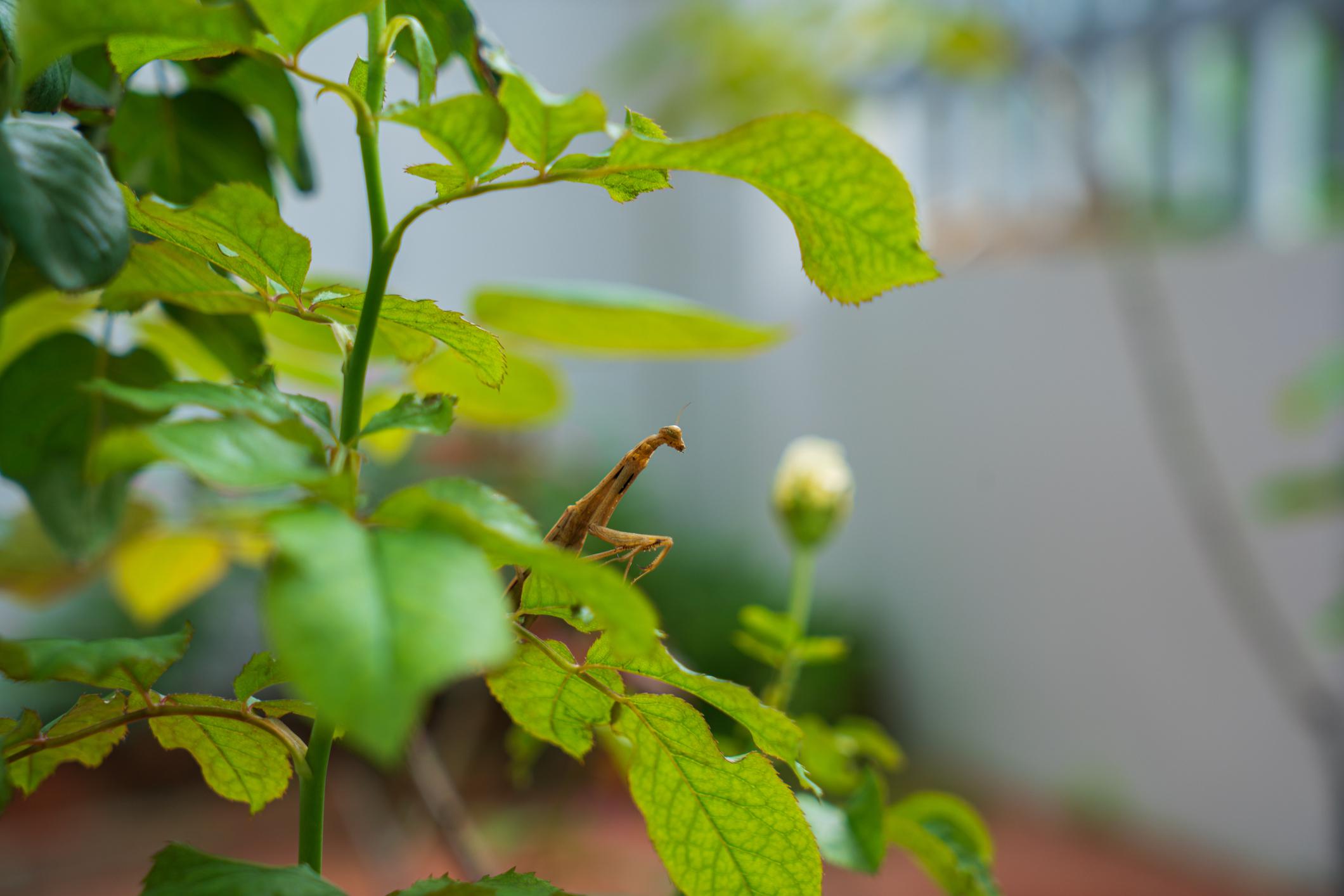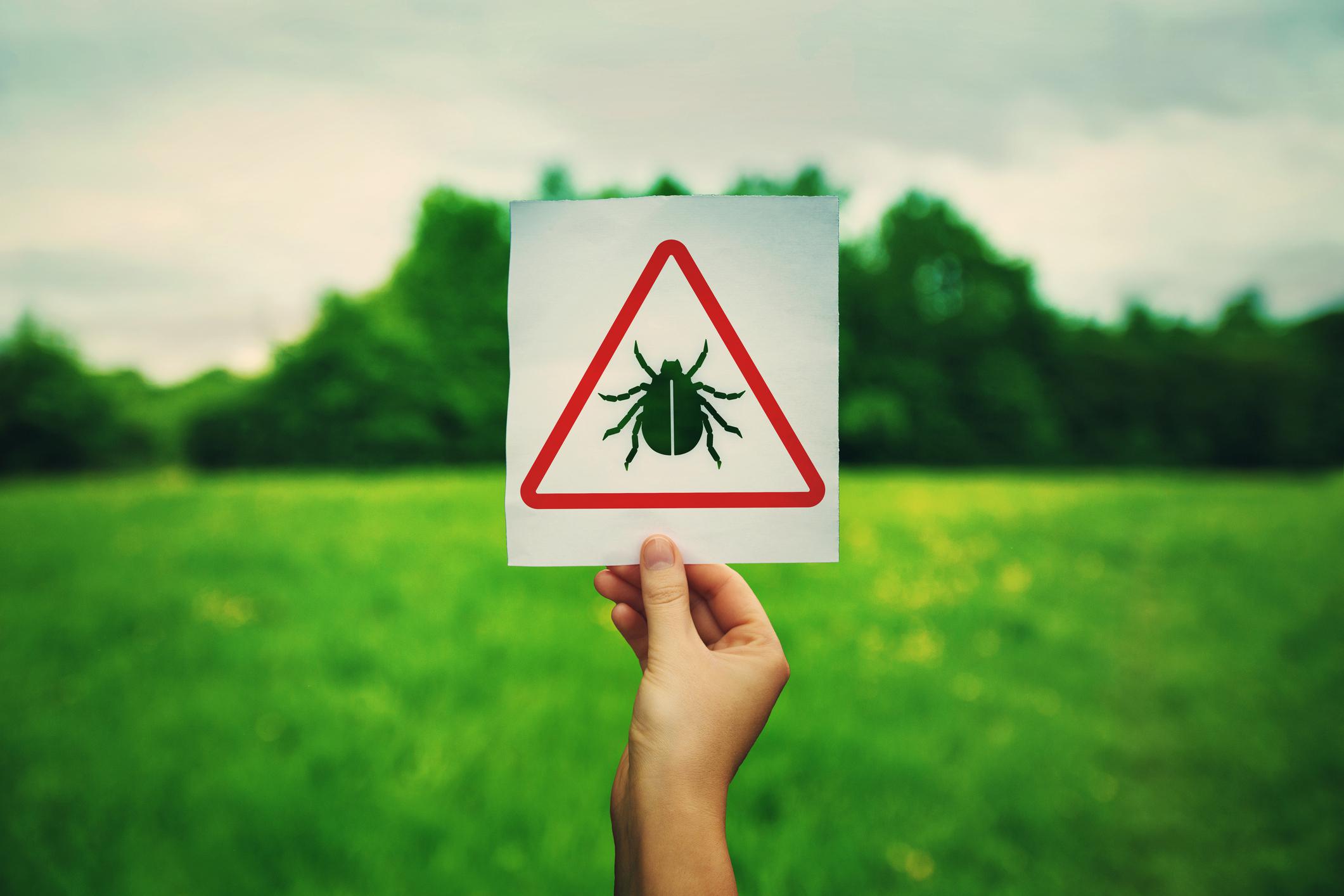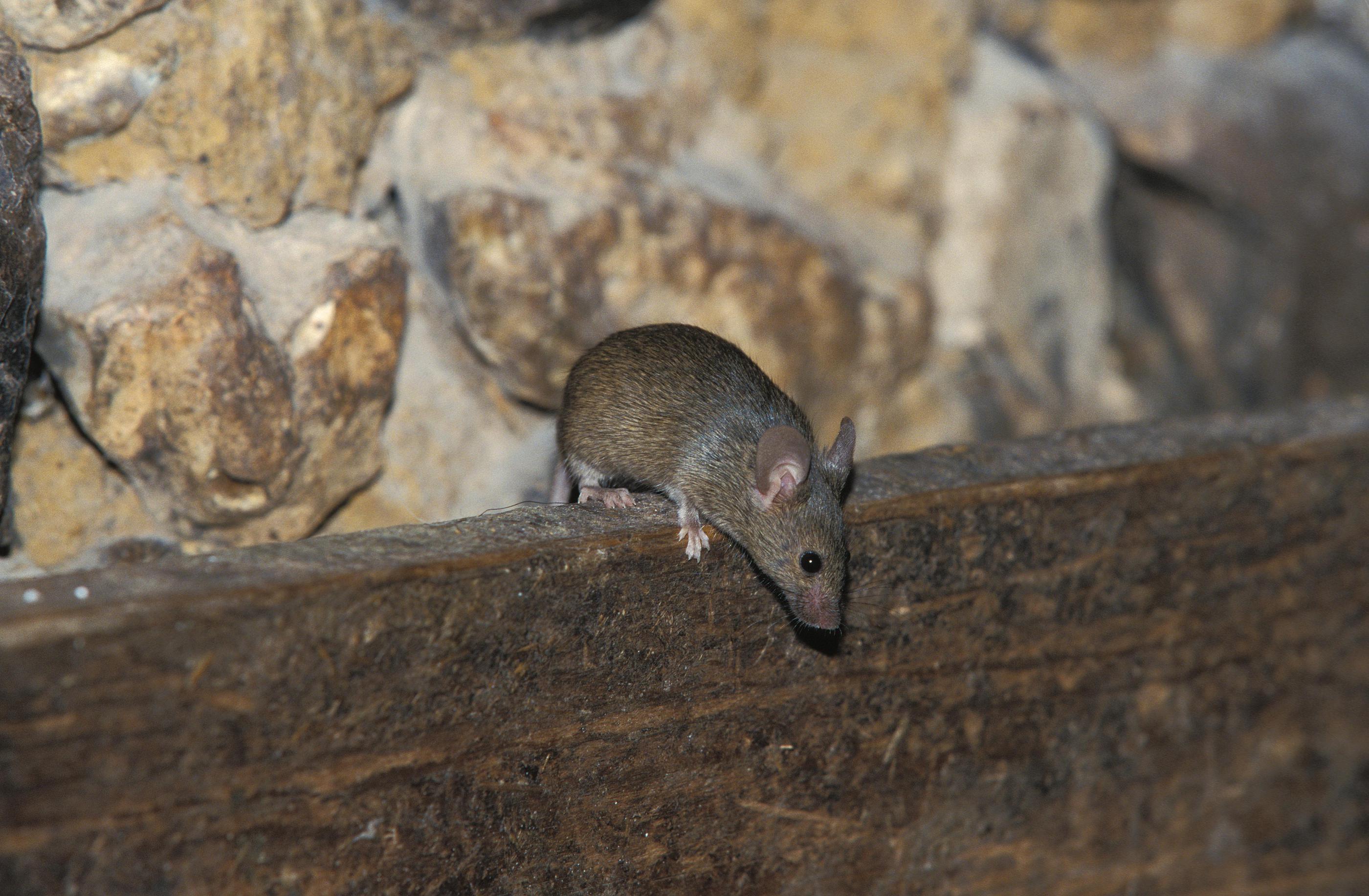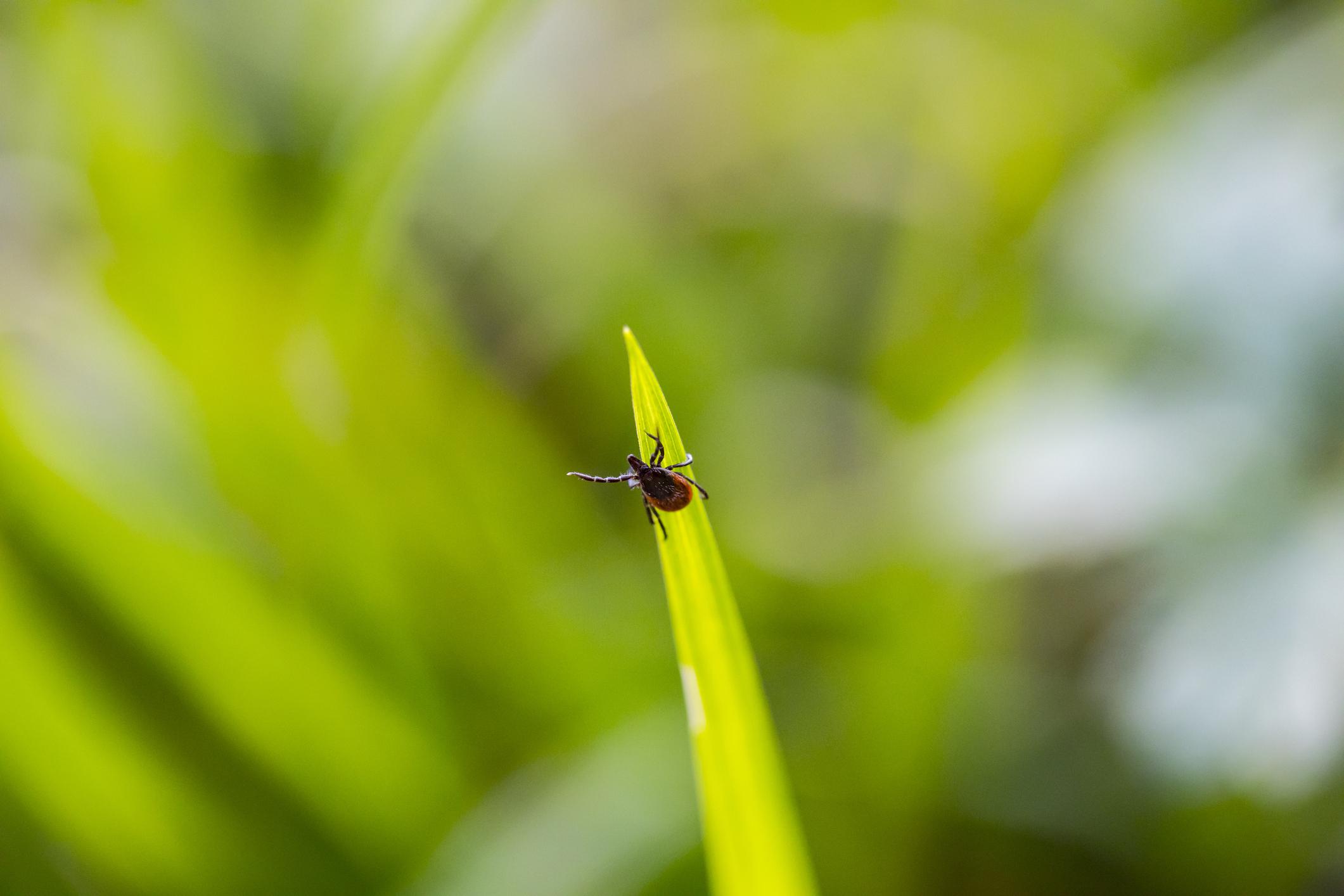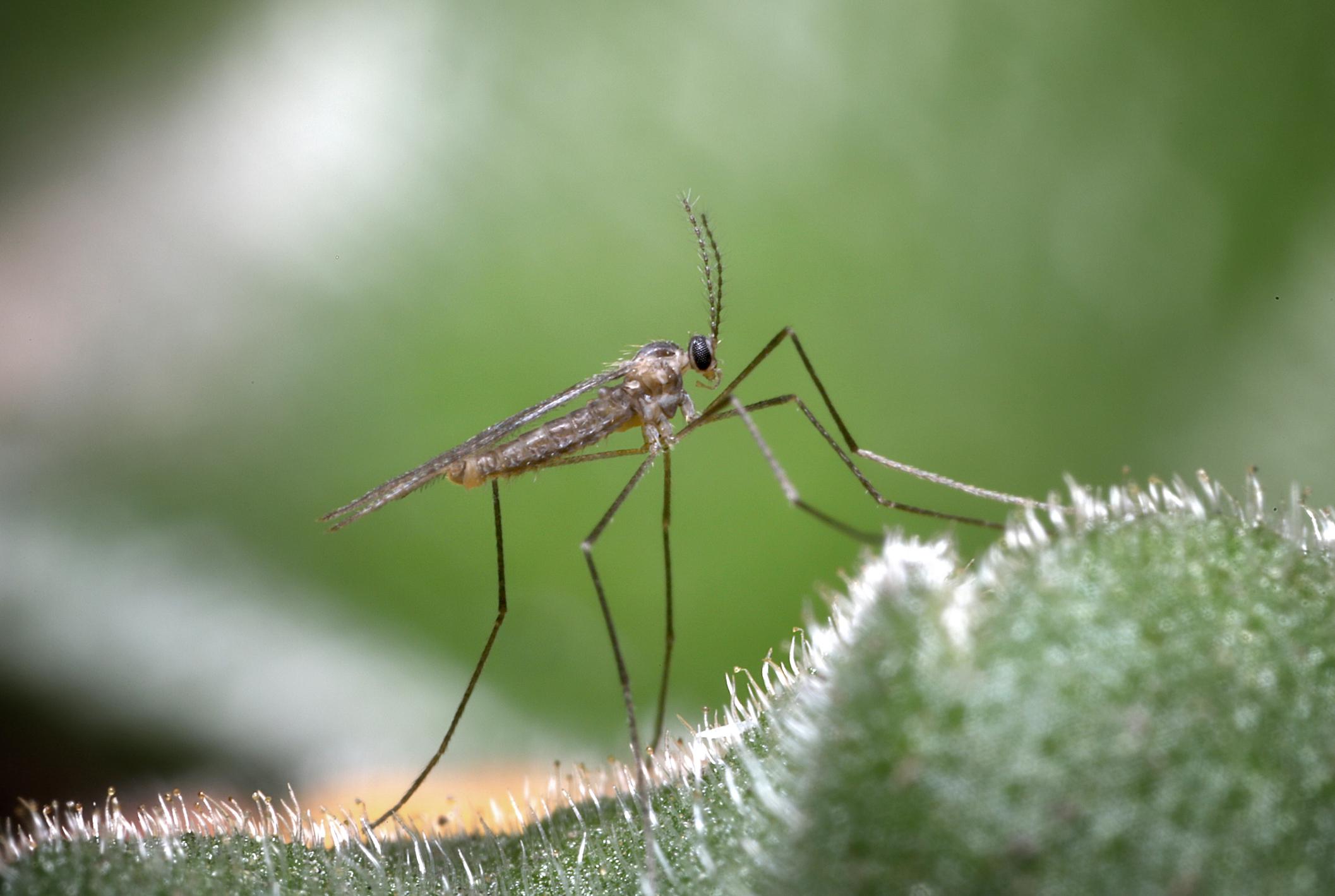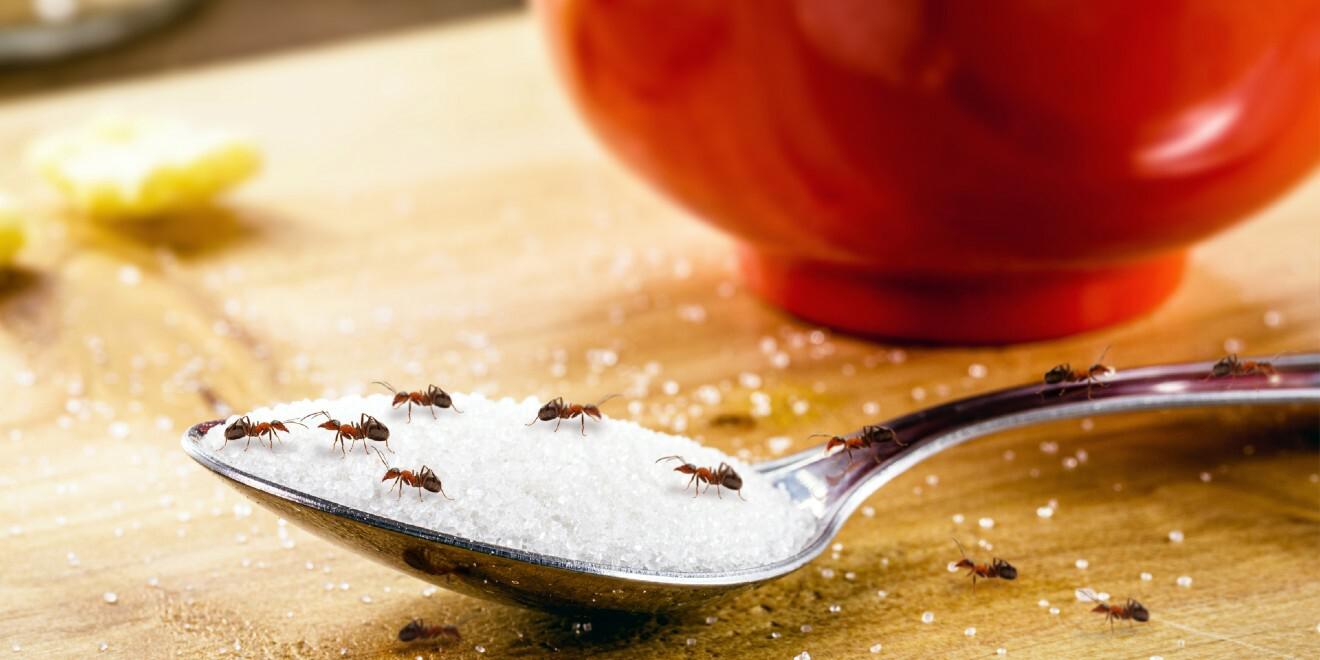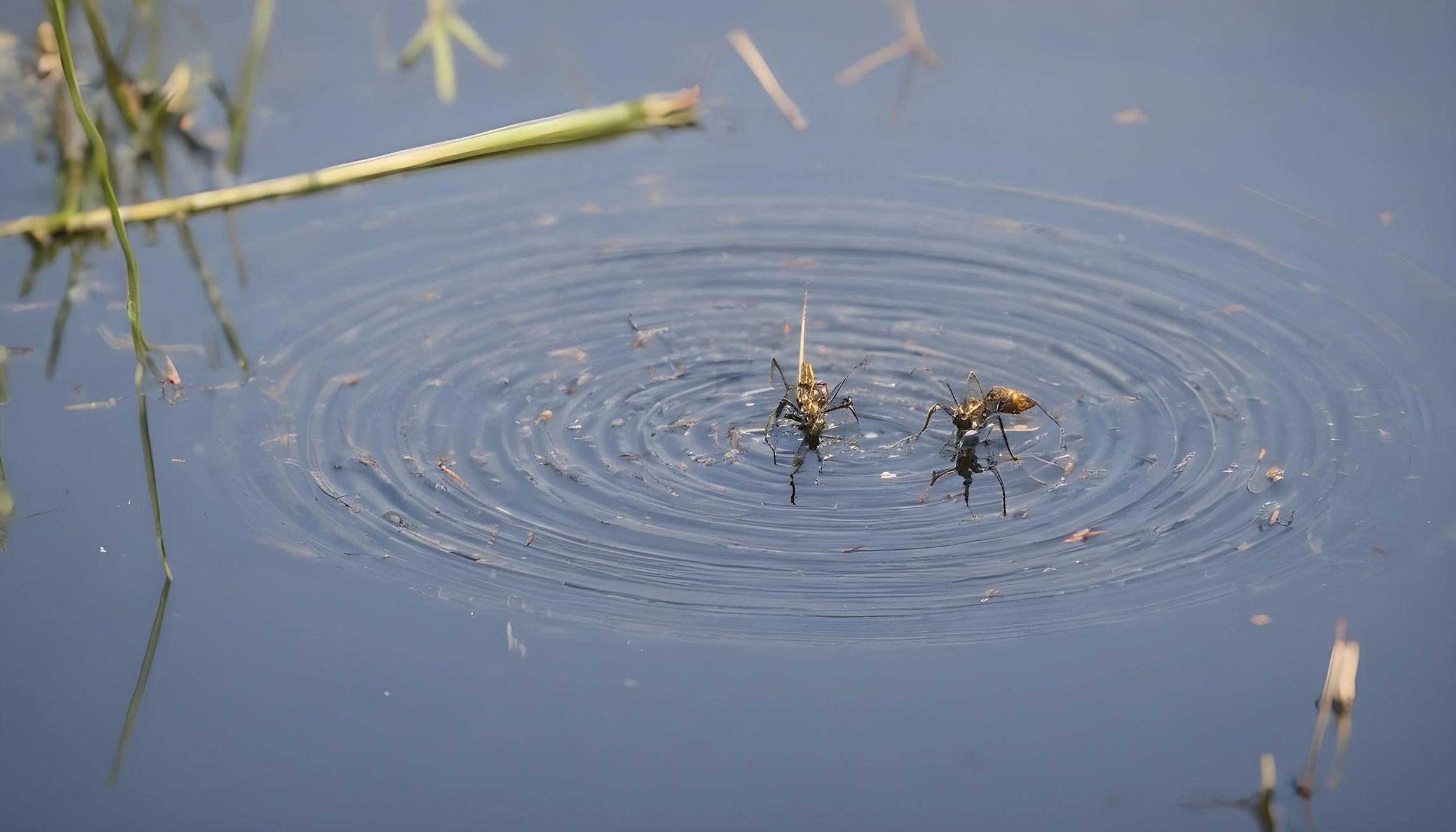Role Birds Play in Transmitting Lyme Disease
Posted by Mosquito Squad
December 19, 2023

In a previous post, we mentioned that Maryland is one of the states where residents are at a high risk of getting Lyme Disease. A 2009 study done at Yale University and reported by Healthnewsdigest.com concludes that birds help to spread the Lyme Disease bacteria. How does this happen? Ticks infected with Lyme Disease–Yale concludes that at least 20% of all deer ticks carry the Lyme Disease bacteria–feed on birds that walk on the ground. As the birds scavenge for food, ticks crawl on and bite them. The birds then migrate to other areas of the country where the tick falls off ready to spread the disease to other mammals. Healthnewsdigest.com reports: “The researchers found that I. scapularis (black-legged ticks) most consistently parasites bird species such as thrushes, brown thrashers, wrens and wood warblers….
Lyme disease can cause severe health problems, including arthritis, nervous system abnormalities and irregular heart rhythm. It is the most common vector-borne disease in the United States, with the number of reported human infections doubling between 1992 and 2006.”
The Yale 2009 findings corroborate findings made in 1989 by other researchers in a published article entitled Lyme Disease and Migrating Birds in the Saint Croix River Valley, Weisbrod and Johnson, Appl. Environ. Microbiology, 1989, 55(8) 1921-1924. In that study the authors contend that 22.4% of the deer ticks they encountered were infected with Borrelia Burgdorferia, the bacteria that causes Lyme Disease. They conclude their article by saying “Our data corroborate previous observations that migratory birds are important agents in the dispersal of tick-borne diseases (13, 14, 24) and support the suggestion (2, 7) that the widespread distribution of B. burgdo.feri is a function of dispersal by tick-infested birds.”
Healthnewsdisgest.com points out that deer play a role in keeping the tick population alive, but not in spreading the disease. Most people do not know that White-tailed deer have blood that is immune to the Lyme Disease bacteria. That means deer do not spread the disease, but they do provide a blood meal for deer ticks and help their population grow.
In short, we need to be aware that Lyme Disease can be easily found anywhere where birds, deer, or other wildlife can be found.

